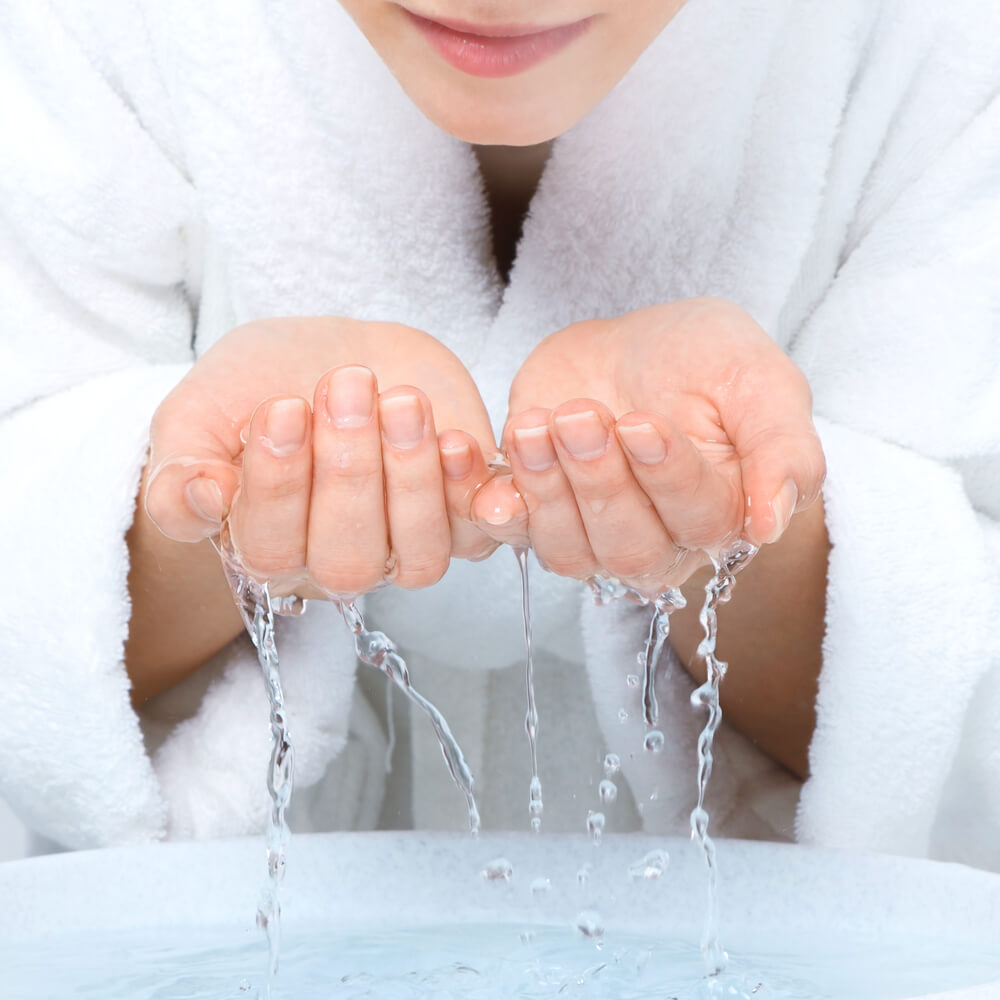While many people need to take supplements, there are right ways and wrong ways to increase your iron intake. In your water, it is the wrong way as it poses many risks. The EPA considers iron a secondary contaminant, meaning that you most likely won’t consume enough in your water to be dangerous. However, iron water causes other issues, for both your health and your home.
Dangers of Iron in Your Water
Many homeowners are concerned about iron in their water for good reason. While drinking water normally contains about 5% of our daily intake, the adage “too much of a good thing” certainly applies. Iron can negatively affect your health, the taste of both your water and food, cause unsightly stains, and lead to unnecessary wear and tear on your house.
Health Concerns
While the EPA considers iron to be a secondary contaminant that does not directly lead to negative health effects, new research provides evidence that iron in your water is something everyone should take seriously. In fact, researchers think that this water contributed to the water crisis in Flint, Michigan. In addition to this research, it has been known for a while that certain kinds of bacteria thrive in it. When introduced into a water supply with higher than normal levels, these bacteria can have negative health consequences.
For certain individuals, iron can cause other problems, such as overload. Some people are genetically pre-dispositioned to overload, which can cause hemochromatosis. This leads to damage of your major organs, such as your liver and heart, and can even contribute to diabetes. Even for those not genetically sensitive to iron, excessive consumption is never a good idea. Too much in your diet can cause stomach problems, fatigue, and chronic joint pain.
Taste
Aside from health concern, iron tastes bad. Water with high concentrations often has a metallic taste. This can transfer to your food and beverages. Vegetables cooked with iron often turn dark colors, take on a slightly metallic taste, and are overall unappealing. It can also interact with the tannins in tea and coffee to leave dark stains on teeth and just be generally unpleasant to taste.
Stains, Deposits, and Wear
For many, unsightly stains on their toilets and bathtubs are the first signs of high levels of iron in their water. It stains essentially everything it touches. This includes clothes, dishes, appliances, and even your skin. Furthermore, iron can build up inside your pipes and appliances. This residue can cause damage inside your home. Pipes become clogged, water pressure can plummet, bacteria can build up, and appliances wear out faster.
Water Softeners Can Help
Obviously, iron in your water is something you want to avoid. However, many homes in the United States struggle with iron in their water, especially those that deal with well water. What can you do about it? Install a water softener.
While water softeners are traditionally used to deal with hard water, they also remove iron. Since you most likely have hard water if you have iron in your water, installing a water softener kills two birds with one stone. However, not all water softeners are created equally. Since both the type of iron and the amount in your water directly influence what type of water softener you need, it is best to rely on the help of a professional. The first step is to have your water tested, then work directly with Advanced Water Softening to pick the best product to protect you and your family. For more information on how a water softener can improve your family’s health, contact us today!






